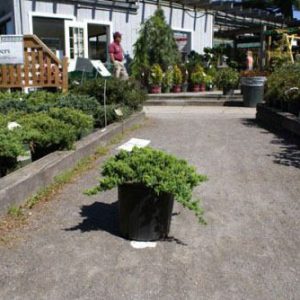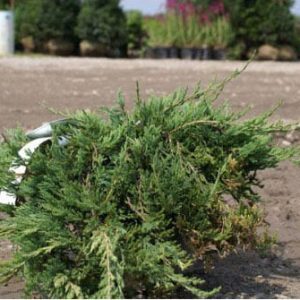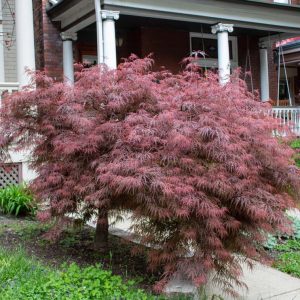Description
Elymus – Wild Rye – Lyme Grass –
There are about 150 species of tuft or rhizomatous, clump forming, or creeping, mainly perennial grasses,, in this genus. They are widely distributed throughout temperate regions of the world, and often occur on sandy soils. They have linear, flat or occasionally rolled leaves, and thick slender, bristled flower spikes consisting of flattened, stalkless spikelets, arranged alternately along the flower stalks. Most are useful in a rock garden, or in a mixed or herbaceous border.
Grow in any moderately fertile, moist but well drained soil in full sun. Cut back to ground level in late autumn. Divide from mid spring to early summer.
Prone to damping off, ergot, cat-tail, powdery mildew, tar spot, smut, brown patch, and other fungal spots and blights.
E. candensis – Canadian Wild Rye – This loosely tufted, perennial grass from temperate North America grows 4-6′ feet tall and 2′ feet wide. It produces erect stems carrying linear, flat or rolled, rough textured or slightly bristly, green to blue-green leaves, 8-14″ long. In late summer and early autumn it bears dense green flower spikes, 8-10″ long, nodding at the tips, 2 to 5 flowered spikelets, with reddish brown bristles, are arranged alternately in groups of 4 along each spike.
Zones 3-8





